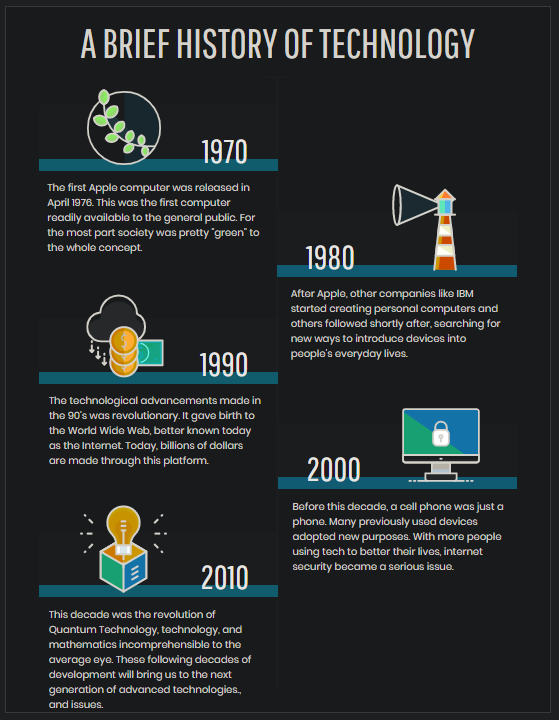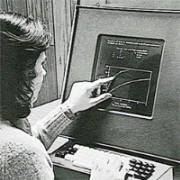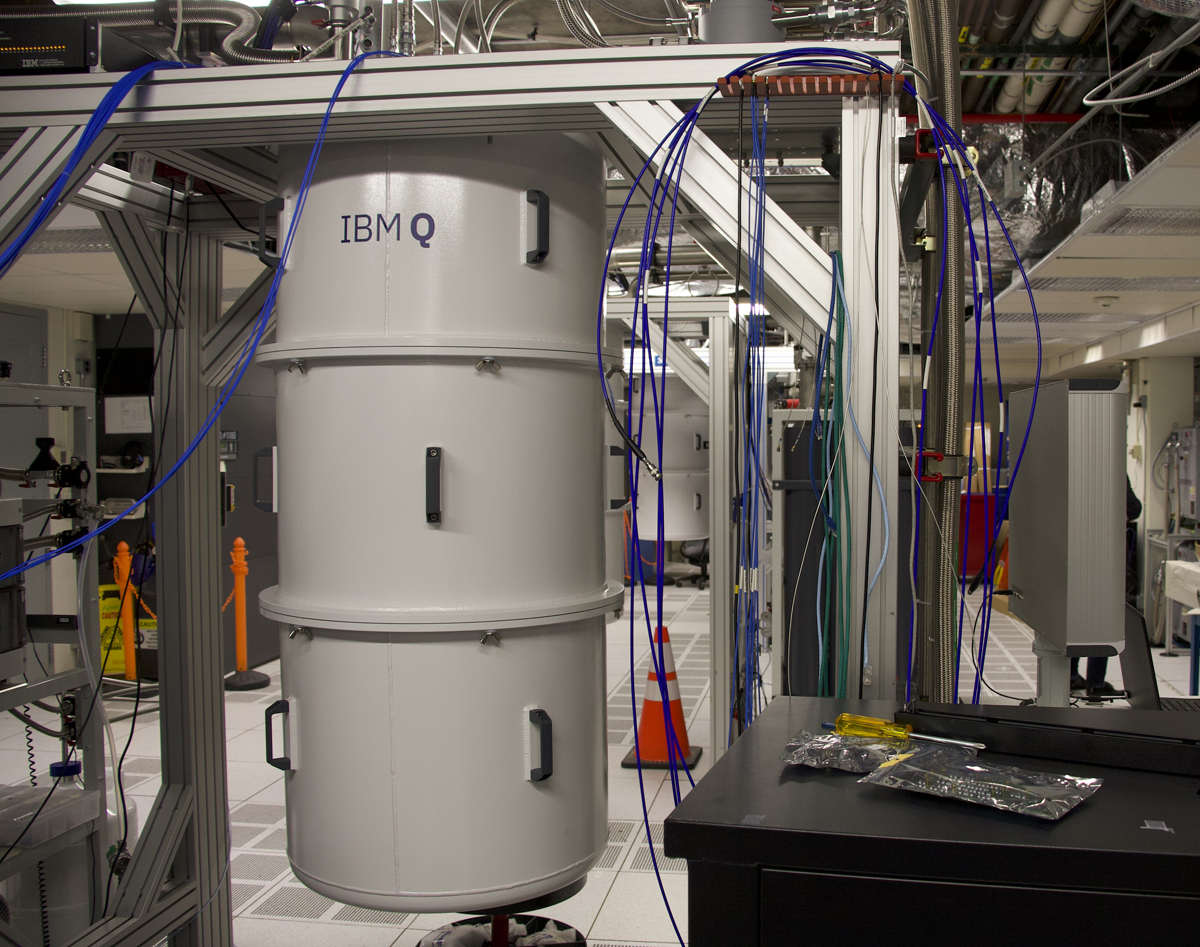What a strange and fulfilling experience this has been, unfortunately, due to the dire situation and its expectancy, working in a group setting did not seem like the most efficient path. Although, if conditions were otherwise, working in a team would’ve been a very pleasurable and communication filled task. Even though there was some team effort with peers, involved in the overall processes. Since the work would now be a solo task, I realized the topic would need to be something I am aware of and well balanced in, completely getting rid of the need of agreeing on a topic with team members; which was actually pretty helpful for my schedule. Due to the nature of the project and the routes that could be taken, either a PSA, or engaging with Science Fiction, my topic seemed to involve aspects of both worlds. As developing computational technologies are exaggerated in Hollywood and in other areas, their science fiction values are greatly enhanced. Though they always seem to bring us back to the idea of awareness and cautiousness we must have around such technologies, making the Science fiction of hacking and quantum computers a great topic for both engaging with fiction and an announcement in the public interest.
Since this was a multimodal presentation, which relied on various library resources, and online databases, and required self-assessment of itself. The final project was a task that required an amalgamation of skills and pieces of knowledge, that which has been accumulated throughout the semester.
Thanks to the variety of modes of presentation and “disciplinary contexts”, acknowledging the range of linguistics and other knowledge was a large factor in assessing my work, especially with topics related to technology and science. Audience awareness and specific articulations of arguments most definitely sharpened and strengthened the use of diction, and resources.
Again, in regards to the social aspect of writing. Even though the work was single-handed. There were multiple instances of collaboration on research, citation, format, style, and even website creation. Therefore, peer reviews and other aid assisted as a form of collaboration. All of which was necessary to thoroughly and correctly develop our work.
Doing this project really allowed me to do research with a bit more sense in mind. Rather than looking for research journals on quantum decohrance dilation and explaining that to an unexpecting crowd, I really had to take my audience in mind. Finding the work and arguments at a standard linguistic fashion was not difficult at all, obviously, it felt more human, especially the multimedia presentation. Its the fact that writing for the sciences isn’t about only research papers and statistics and facts, it’s about engaging with sciences through any media, utterance, and audience.
Moreover, on the multimedia presentation, its novelty gave a great scope of creativity, I am assuming, for a lot of people alongside those websites. Composing a presentation with enough information and statistics, but could still keep you engaged was a difficult one. Even as exciting and fun as it was to record the voice over, and to fully expand on every point, was a pain in the ass. There are currently 27 different attempts at the voice-over, great fun, engaging work, though quite a time-consuming task. Although the most challenging and painful thing was realizing there was a word limit on the literature review, leading me to delete about 3 pages of work, a grandiose mistake. All in all, a great final to the semester, would’ve been a lot better if I were creative; I definitely had a chance to express my self, see my growth and expand on all my downfalls.





